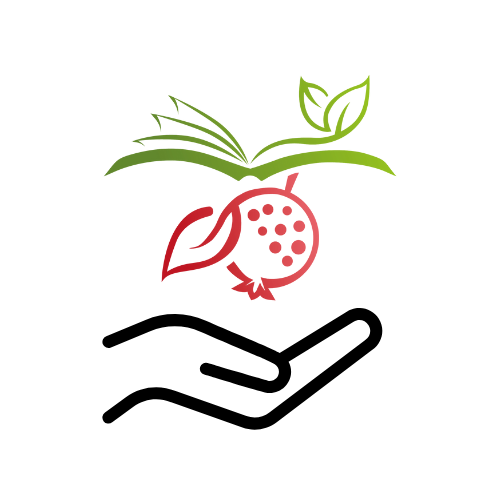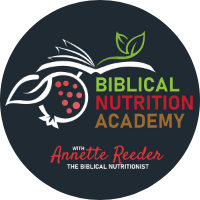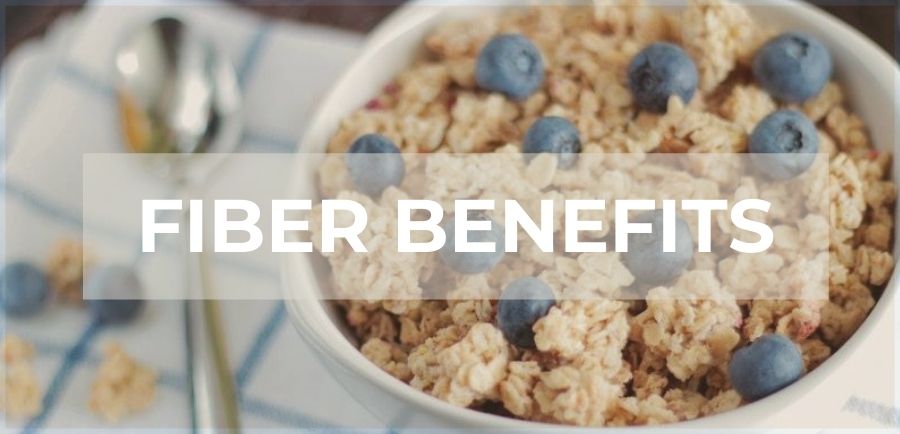
I was a depressed and overweight mom with cancer in my family. I felt stuck and hopeless. Dietary fiber, the miracle nutrient, was not on my menu.
Then I started to embrace biblical nutrition and found that the foods I eat can actually heal. Eating the way God intended helped me find a healthy balance to life AND lose 60 lbs!
The main ingredient that helped me find success in my health journey: fiber.
Have you considered that the benefits of a high fiber diet might be the difference in wearing your favorite jeans and not needing to squeeze into stretch pants?
What if I said the benefits of fiber meant no more reading in the bathroom or feeling blah?
Fiber may seem like a boring “don’t discuss at the dinner table” topic, but it’s anything but boring!
Fiber doesn’t just get your bowels going, it can get you going, too. It contributes to energy, weight loss, mental clarity, and beautiful skin! Now do I have your attention?
During our Flavor of Grace Conferences, one topic we always include is FIBER! No one wants to discuss it, yet everyone needs it.
Through the humorous stories, fiber-loaded foods, and one-of-a-kind demonstrations, by the end of the weekend, everyone is ready to move!
How Much Fiber is Needed?
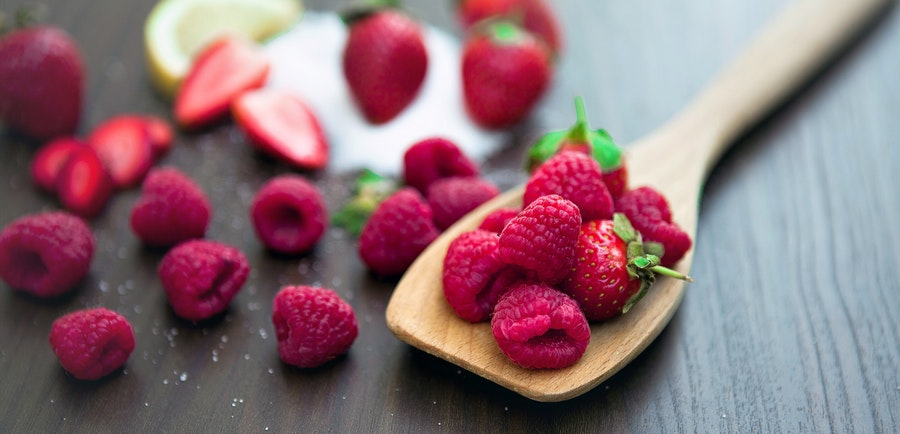
Fiber is necessary, but how much is necessary every day? What’s considered a high fiber diet?
The initial goal is 30 grams of fiber, yet most people get less than 15 grams of dietary fiber per day.
Even people who try their best are still at risk of suffering from a low fiber diet and miss out on all the health benefits of increased fiber intake.
Fiber, along with weight loss, can also help with another problem clogging up the healthcare system:
Constipation. The ‘C’ word!
Around 90% of Americans are impacted by constipation. Not only is it uncomfortable, but it also causes stress in the workplace and at home. When people feel ‘C’, they tend to be moodier and more easily angered, which is often taken out on family members and coworkers.
America has such an issue with ‘C’ that someone has made a documentary about it. It just hasn’t come out yet (pun intended).
Let’s put an end to this madness and get moving again!
A high fiber diet can relieve bloating and discomfort experienced by many.
Even if chronic constipation isn’t a problem for you, fiber is essential to overall well-being.
That’s why we’re talking about this topic today. To unlock the health benefits of fiber and discover great tasting foods that unlock those health benefits.
The Microbiome
The microbiome is my favorite subject. It’s the community of bacteria that live in the body and generate neurotransmitters that promote a happy and healthy life – especially in our gut!
Check out my blog about probiotics and prebiotics for more details and benefits of the microbiome.
Fiber partners with pre and probiotics to sustain a healthy microbiome. Since fiber feeds the bacteria, they can do their job better. And we need them to do their work well!
If they don’t, we suffer from a dark cloud over our minds and weariness in our bodies.
The microbiome is the mind-body connection. When our body is healthy, our mind is happy. But when we fail to protect our microbiome, we find ourselves becoming depressed and fatigued.
Fiber feeds this good bacteria and helps keep us well-balanced.
The microbiome is also important for weight loss because it creates satiety. This happens when chemical messengers created in the microbiome from the probiotics eating the dietary fiber we ingest travel to the brain and signal fullness.
No more endless snacking without that “full” feeling. Fiber tells our body when it’s been well-nourished and we can go about our day.
This is how I lost 60 lbs! I fed my body food God designed and my depression was carried away along with the weight!
Exactly how God designed our bodies to work.
Top 8 Benefits of Fiber
In addition to satiety and help losing weight, a higher fiber intake also provides a host of other health benefits. Here are the 8 benefits of dietary fiber:
1 – Promotes Gut Motility
Gut motility is when the muscles along our intestines are working properly so food moves down the line with a regular rhythm.
Basically, regular bowel movements.
This is top on the list. Having inconsistent bowel movements isn’t just uncomfortable, it’s also damaging to your body.
Whether you struggle from constipation or the opposite (having too watery stools), fiber helps.
Fiber can make watery stools more firm and easy to pass, and it can add water to dense stools and help “move it along,” so to speak.
Decades ago, Irish physician (and fiber enthusiast) Denis Burkitt proclaimed, “America is a constipated nation… if you pass small stools, you have to have large hospitals.”
Today we have evidence for this truth: we have large hospitals and a constipated nation.
Most of us don’t like talking about this issue, but it’s an important indicator of how healthy you are. It also has a great impact on overall health (mind and body!).
2 – Works to Suppress Appetites
Fiber sends chemicals to our brain saying, “Hey, it’s okay to stop eating now. I’m full.”
Other foods don’t do this, and instead leave a dissatisfied feeling.
Fiber works by producing short-chain fatty acids (SCFA). Check out this video to learn the amazing benefit of SCFA and mental wellness.
With high fiber foods, you can eat less and still feel full.
In the long run, having a lifestyle that includes higher amounts of dietary fiber helps people get to and maintain a healthy weight.
For people carrying extra weight, this reduction in overall eating also lowers risk for other diseases such as diabetes (chronic high blood sugar), heart disease, and other serious health problems.
3 – Increases Weight-Loss
Not only does fiber help you eat less and feel satisfied, but it also helps to metabolize fat, and therefore lose weight more efficiently!
When the body metabolizes fat faster, extra weight is signaled to leave. Without this, fat can leave a feeling of sluggishness.
Get a better metabolism and back to a healthier weight by adding more dietary fiber into your daily schedule!
Watch this video where I share the 17 best fiber foods you should eat.
4 – Heals Leaky Gut
The Leaky Gut Syndrome is a blanket diagnosis for gut cramping, gas, food sensitivity, and overall aches in pains in your stomach.
Doctors still don’t fully understand the causes of leaky gut or how to fix it, but that’s because they’re not looking at it from a biblical perspective.
The fiber in the food we eat actually helps heal leaky gut!
Not just in one way, but in multiple ways. By strengthening the microbiome, food is able to pass through your system regularly and without pain.
It also helps by stimulating the muscles in our intestines and helps the material go through without getting stopped up.
Be sure to include these 12 foods that heal your gut as I mentioned in this video:
5 – Decrease Chance of Colorectal Cancer
Fiber intake can help fight against colorectal cancer (also known as colon cancer) in a few ways. However, a big one is that fiber helps keep your weight down.
Along with that, fiber keeps your digestive system running smoothly, and your colon is a major part of that system.
6 – Curtail Type 2 Diabetes
Eating a diet filled with dietary fiber can improve your health by keeping blood sugar regulated.
Studies have shown that people with high fiber diets have a lower risk of developing type 2 diabetes. If you already have type 2 diabetes, eating more fiber is a great way to lessen the need for insulin and keep your blood sugar balanced.
In addition, fiber helps prevent blood sugar spikes after meals, which leaves you feeling sick and wreaks havoc on the body, mind, and emotions.
7 – Lower Risk of Breast Cancer
You may be asking, “How can fiber help with breast cancer?” but studies suggest that it does!
Especially in young women, having a high fiber diet can lead to a lower risk of breast cancer later in life. Make sure your daughters and nieces become healthier by giving them their daily amount of fiber!
8 – Reduce Risk of Heart Disease
Fiber makes every part of your body happy, especially your heart.
High fiber foods can make your heart happy in many ways. The first being a reason we’ve talked about already. Fiber can help you lose weight, which lowers your risk of heart disease.
High fiber diets have also been linked to lower cholesterol and lower blood pressure, which are also risk factors to developing heart disease.
What About Drug-Store Fiber?
I have a hard time calling pharmaceuticals like Metamucil “fiber,” since they’re so far from what God designed us to eat in our food.
The truth is, laxatives and fiber replacements may contain harsh ingredients and chemicals that cause dependency or harm.
Along with that, fiber from a pill and eating poorly don’t deliver the benefits of fiber-rich foods.
Instead of these knock-offs, aim for what God designed our bodies to crave: real foods with real benefits!
A great alternative to laxatives is flax seeds! Try blending them with a coffee grinder to release oils that help the digestive system but also bring balance and boost hormones. Check out this video to learn more about Flax Seeds.
I personally use a GBX Seed Fiber as a gut microbiome enhancement plus fiber. This seed fiber includes mushroom extract for reduced tension and anxiety, plus the long list of the benefits of fiber. The seeds included are black cumin, cranberry, blackberry, plus more.
Always remember, processed foods, like Minute Rice, result from the removal of most fiber. This equals quick cooking times.
What’s quick today might lead to a long disease tomorrow.
Eat real food, get a good supply of seeds or seed fiber, and then relax!
How to get 50 grams of fiber every day?
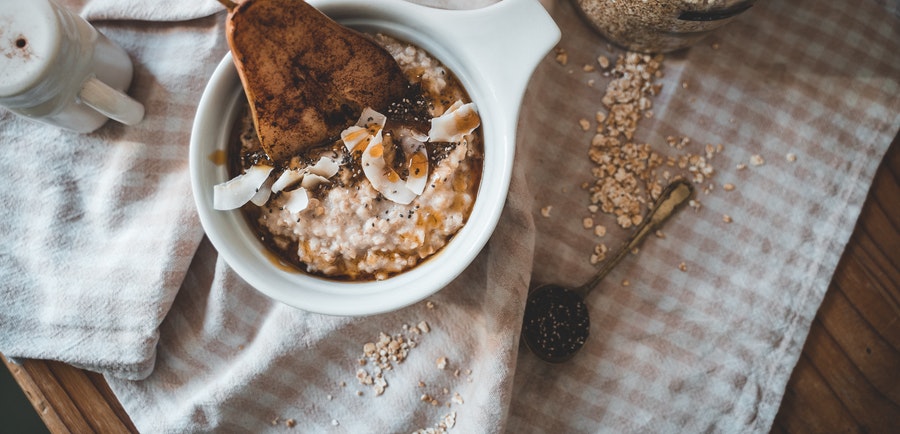
The initial standard goal of daily fiber intake is 30 grams, yet my goal for you is optimal health and all studies show that 50 grams per day are optimal.
With a little awareness about food and a good effort to add more fiber, this is very doable.
Start by writing down what you eat on a daily basis. Do this for one week to discover what meals are fiber-rich and which ones could be improved.
Most of us eat without thinking about what’s really in the food. Awareness happens by writing it down. Make notes of how you feel during and after a meal.
If you haven’t yet signed up for our 7 Steps to Amazing Biblical Health, you can do so today! This course includes a food journal that is perfect for counting fiber, in addition to a wealth of information, encouragement, and tools that will help you on your health journey.
Become in-tuned to your body so you can heal.
How to Add More Fiber
Here are some tips and tricks to sneaking more fiber into your diet. Everyone, even the kids and grandkids, is going to love these ideas and how good they feel later!
Fruits and Vegetables
Plants, plants, plants! Eat more ~ feel better. A variety of fruits and vegetables is key. Consider trying new foods every week.
Dr. Matthew Sorell suggests drinking some of your fiber too, and he’s not talking about Metamucil.
Here is one recipe idea: Put a banana and pineapple, or green apples and spinach into a blender.
The possibilities are endless when it comes to blending fruits and veggies! Start the day with a variety of this immune-boosting smoothie knowing your microbiome has what it needs to keep you happy all day long.
Whole Grains
Bread, when made the way I teach, are perfect fiber. It is time to ditch the white bread that creates havoc in the digestive system and leads to days of lethargy.
Freshly milled whole grains reap the greatest reward with the mind and body. Making your own bread is the best way to know exactly what is going into the body. Additionally, it’s 100% good and what God designed.
Check out this video to learn more about making freshly milled whole grain bread.
Not ready to make your own bread, no fear! Find out how to buy healthy whole grain bread at the store with this video.
Lentils
Lentils are another easy ways to add goodness to the diet, and they’re a perfect fit for any meal! As a snack or a main dish they’re packed with fiber to help your microbiome do its job.
Along with fiber, lentils deliver nutrients cells crave: Vitamin B, potassium, iron, and phosphorus. Lentils are also easy on the budget. They’re inexpensive but priceless when it comes to health.
This blog about the benefits of lentils also has a few meals that are perfect for getting more fiber into the diet.
Your Fiber Cheat-Sheet
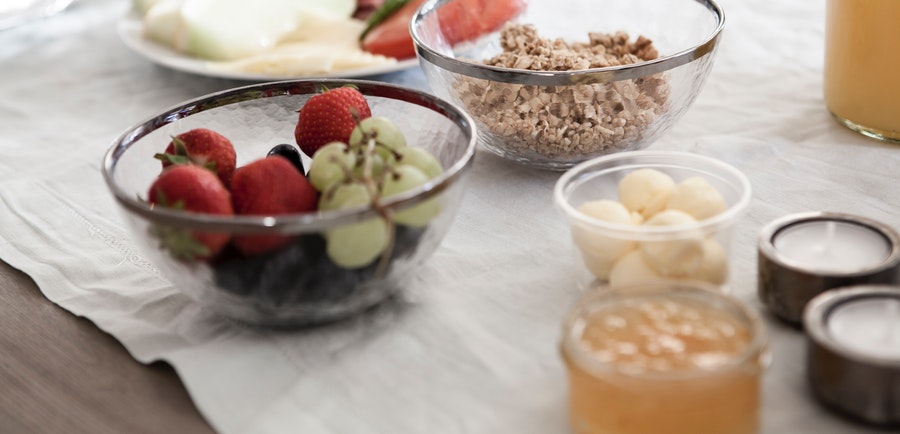
Unsure of your daily fiber intake? The best way to determine how much dietary fiber you get regularly is to write it down.
Use this little tool to identify and record your daily grams of fiber intake.
Print off a copy to keep in your wallet or purse, or maybe create a little graph for your phone! After doing this for about a week, you’ll be aware of taking the next step to having a high fiber diet and lowering your risk for disease.
(Fiber value in GRAMS)
Whole-Grain Foods
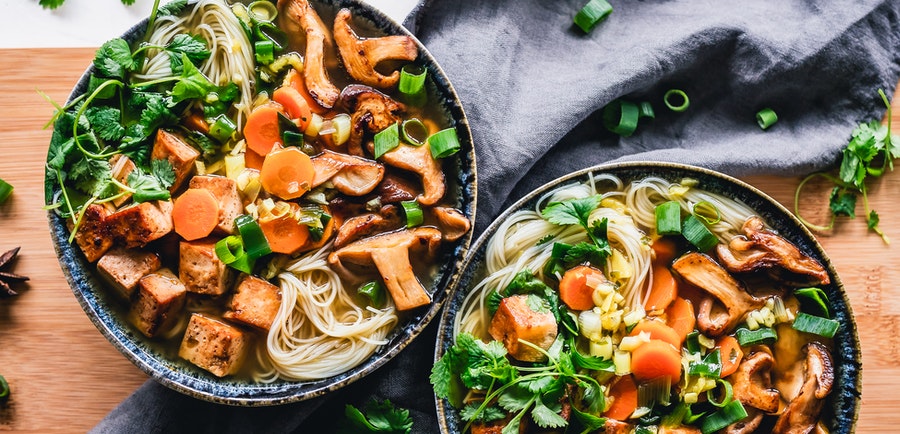
Whole wheat bread 1 slice 2.0
Rye bread 1 slice 1.0
White bread 1 slice 0.4
½ c. (125ml) brown rice cooked 2.4
½ c (125ml) white rice, cooked 0.3
1 c (250ml) whole-wheat pasta cooked 3.9 / fresh, 3 1.8
1 c (250ml) regular pasta, cooked 1.2
Bran muffin (1) 2.5
Fruits and Fruit Juices
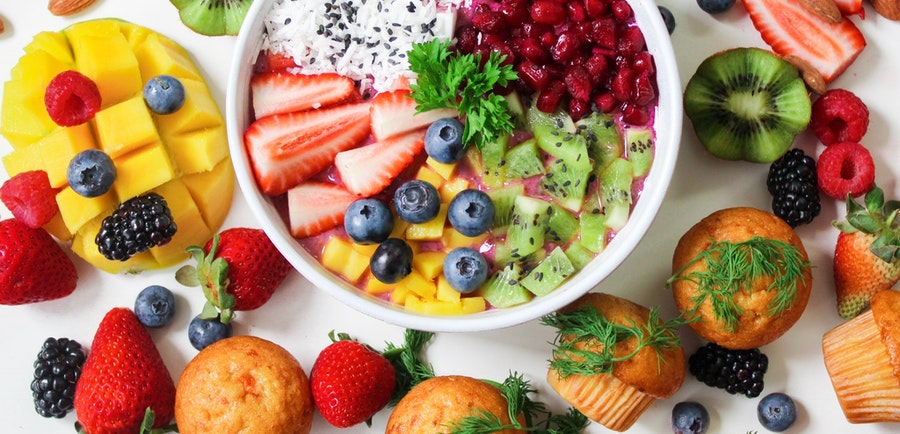
Apples, Fresh with skin, 1 med 3.5
Fresh without skin, 1 med 2.7
Apple juice, 1 c (250ml) 0.8
Applesauce, ½ c (125ml) 1.6
Apricots dried, 8 halves 4.0
Banana, 1 med 2.4
Blueberries 1/2c (125ml) 4.0
Cantaloupe, ¾ of whole 1.3
Cherries, sweet, 10 1.2
1/2 Grapefruit 1.6
Grapes, with skin, 1 cup 2.2
Mango, 1 peeled 2.6
Orange 1 med 2.6
Papaya, 1 peeled 2.8
Peach Fresh, 1 with skin 1.9
Peach Fresh, 1 without skin 1.9
Pear, fresh 1 med w/skin 4.7
Pineapple, ½ c (125ml) 1.1
Plums 5 1.7
Prunes 3 4.0
Raisins, ¼ c (50ml) 3.7
Raspberries, ½ c (125ml) 3.3
Strawberries, 1 c (250ml) 3.1
Breakfast Cereals
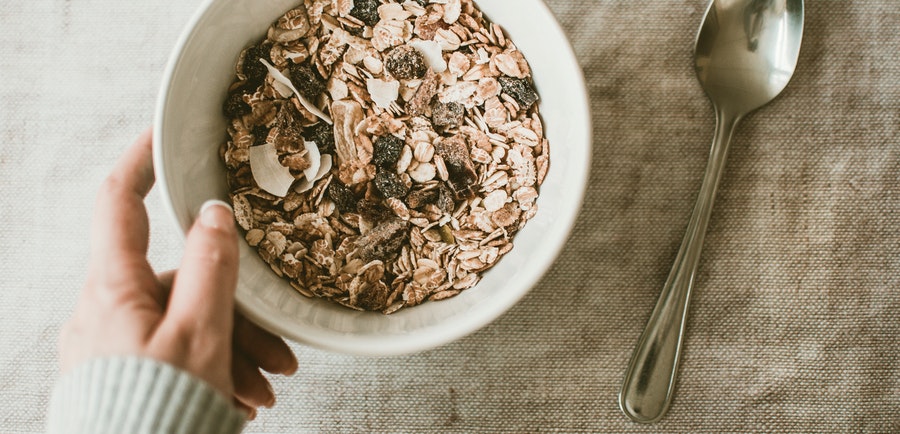
Regular flakes & crispies (corn rice, oats dates, wheat), 1 cup 3 1.9
Bran flakes, ¾ cup (200ml) 4.8
All bran, ½ c (125ml) 13.8
Whole grain bite size, ¾ c (200ml) 3.2
Rolled oats, cooked, 1 c (250ml) 2.8
Oat bran cereal cooked, ¾ c (200ml) 3.5
Mixed grain cooked, ¾ c (200ml) 3
Legumes
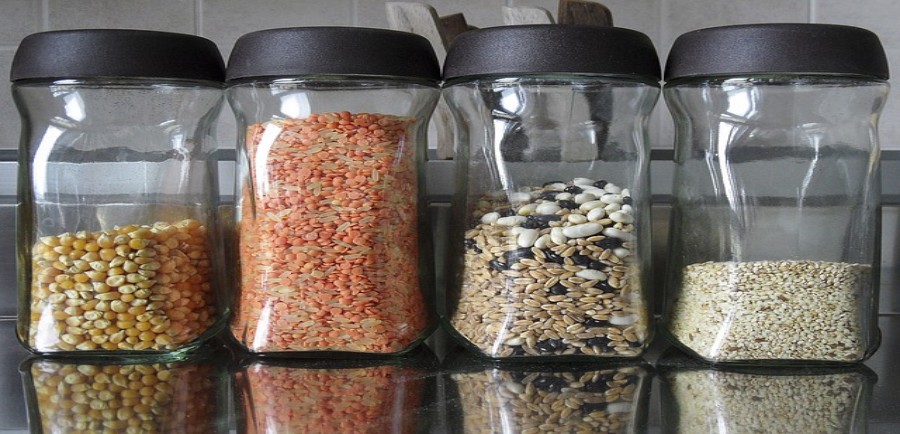
Baked beans, ½ c (125ml) 8.8
Dried peas, cooked, ½ c (125ml) 4.7
Kidney beans cooked, ½ c (125ml) 5.8
Lentils, cooked ½ c cooked 6.8
Navy beans, cooked 1/2c (125ml) 6.0
Split pea 5.4
Nuts (avoid peanuts)

Almonds, shelled, 10 nuts 1.1
Filberts/Hazelnuts shelled 10 nuts 0.6
Trail Mix, ½ c (125ml) 5.0
Miscellaneous Dishes

Soups, 1 c Beef & barley 5.3
Minestrone 7.0
Lentil Bean 1 serving 15.0
Vegetables
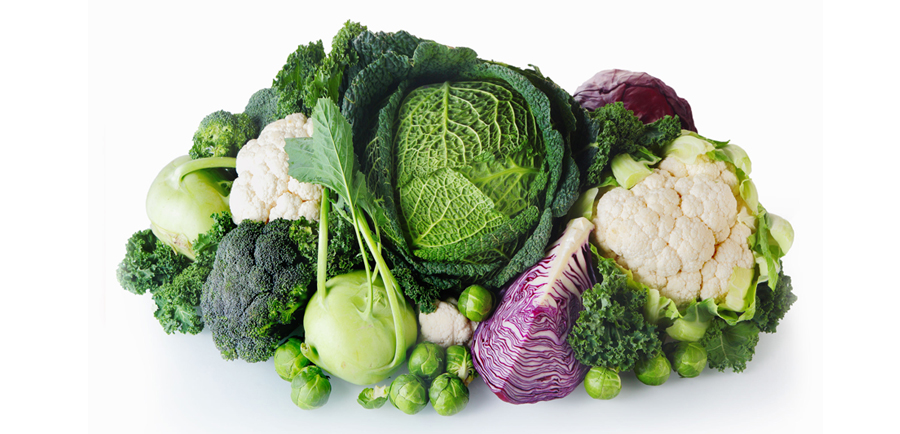
Squash, cooked ½ c (125ml) 1.3
Sweet Potatoes ½ med. 2.7
Asparagus, cooked, 4 spears 2.0
Bean sprouts, raw 1/2c 1.0
Beans, cooked, ½ c (125ml) 4.7
Lima green or yellow 1.6
Broccoli, cooked 1/2c (125ml) 2.2
Broccoli, raw, 1 med spear 4.2
Brussels sprouts, cooked ½ c 4.0
Cabbage, cooked ½ c 1.8
Carrots, cooked, ½ c (125ml) 2.3
Raw carrots 2.2
Enjoy the Benefits of Fiber
Adding more fiber to the diet can bring a light feeling to your walk! It’ll really make you feel that good.
I hope you have a more expansive, clear picture of the plethora of benefits of fiber and how easy it is to add fiber.
This is just one step to your journey of excellent health. I’m excited to share with you, in addition to many more. Please comment on what you find most helpful and let me know all the ways you feel better!


